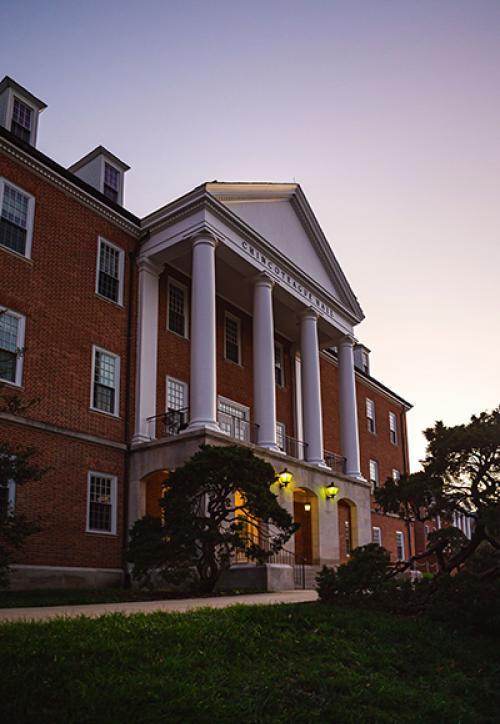Dr. William Hodos NACS Seminar: Dr. Chris Baker
Embracing the complexity of visual understanding

Light falling on the retina triggers neural activity that is propagated along sub-cortical and cortical pathways to ultimately elicit the perceptual experience of a meaningful world that is full of people, places, and things. The standard view of visual processing posits a hierarchical, feedforward system in the service of recognition or classification with cortical regions specialized for processing specific categories of visual stimuli. Here, I will argue that we need to move beyond this simple model to consider the complexity of i) the visual input, ii) the underlying anatomy, and iii) the range of behaviors that are supported by processing in visual cortex. In particular, I will focus on recent work in which we employed dense sampling of perceptual spaces combined with data-driven computational approaches to elucidate the relationship between neural and behavioral representations. First, using a large-scale database of images from over 1500 object concepts (“THINGS”) and behavioral responses across nearly 4.7 million trials, we identified 66 highly reproducible and meaningful object dimensions that we linked to spatiotemporal neural dynamics with MEG and fMRI. Second, by densely sampling colors (360 hues, 3 levels of luminance), we reconstructed color space in individual observers directly from neural signals measured with MEG and linked those temporal dynamics with behavioral color judgments. Collectively, this work highlights how we can embrace the complexity of visual processing, prioritizing behavior and accepting the underlying heterarchical nature of the visual system.
Dr. Baker is Chief of the Unit on Learning and Plasticity in the Laboratory of Brain and Cognition at NIH/NIMH.
Dr. William Hodos NACS Seminars are free and open to the public.



